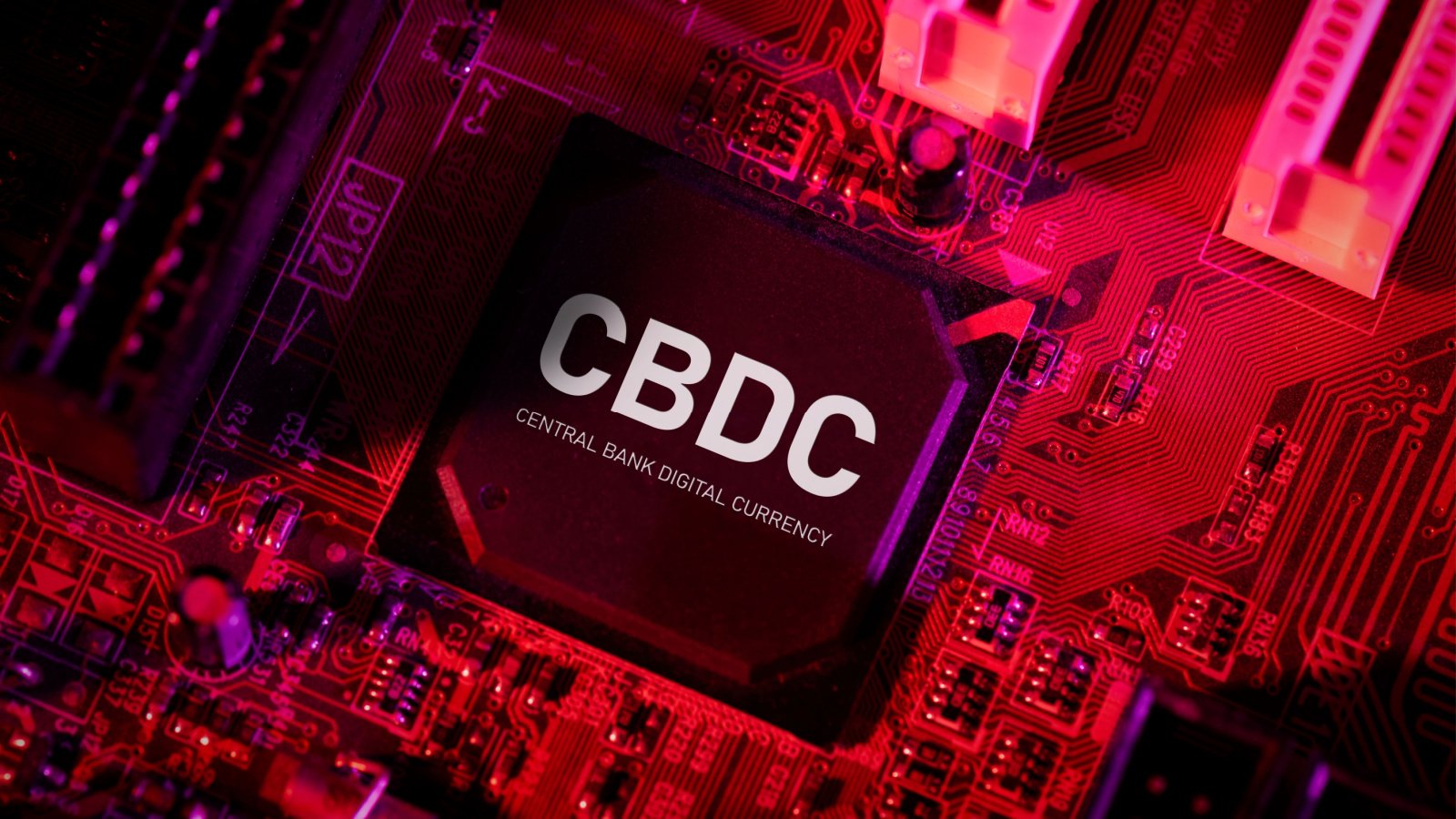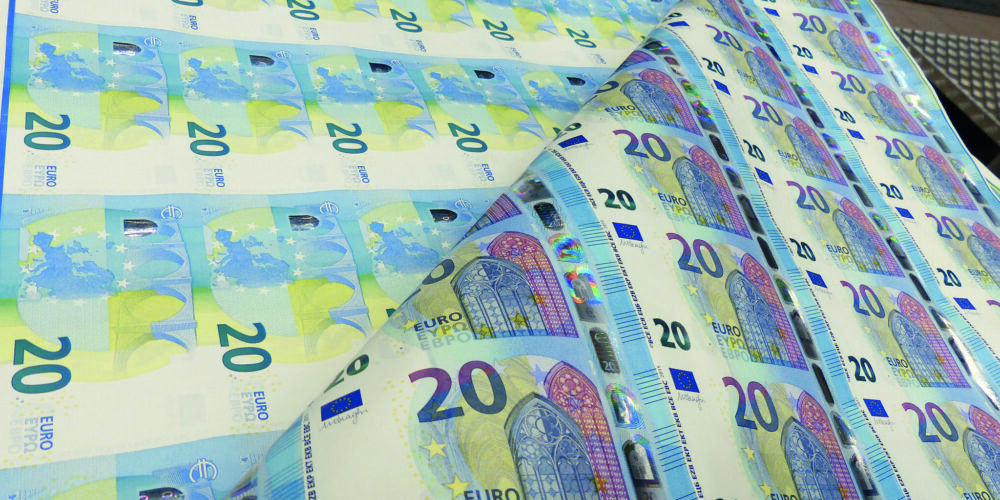The Philippines is planning to introduce a wholesale central bank digital currency (CBDC) within the next two years, according to the governor of Bangko Sentral ng Pilipinas (BSP), Eli Remolona. This initiative is in line with the global trend of central banks exploring digital tokens as a secure means of payment and a stable store of value. Remolona emphasized that the Filipino CBDC will not be based on blockchain technology, thus differing from some other central banks’ attempts to utilize this technology.
Remolona outlined guidelines for choosing the wholesale CBDC model, which will be based on banks, and retail banking operations will be built upon this model. This approach aims to enhance the efficiency and security of both domestic and international payment systems. It also helps provide banks with a reliable mechanism for real-time interbank settlements.
The BSP’s decision to focus on wholesale CBDC stems from its potential to offer a secure banking option and support for real-time payment systems. However, the challenges associated with introducing retail CBDC, such as the risk of eliminating intermediaries and increasing the central bank’s influence on financial markets, are recognized.
The initiative to develop wholesale CBDC has been deemed attainable during Governor Remolona’s tenure, with a two-year implementation schedule. The BSP intends to replicate successful models adopted by other central banks that have undertaken similar projects. Examples include the Swedish e-krona and the Chinese digital yuan, which primarily focus on retail payments.
The Philippine CBDC will be based on the Philippine Payment and Settlement System, an infrastructure managed by the BSP that avoids the need for blockchain technology. This decision aligns with the Bank for International Settlements’ findings, which suggest that wholesale CBDC can enhance security against fraud and cyberattacks through more reliable digital recordkeeping.
Globally, research on CBDC continues to accelerate. For instance, the Reserve Bank of India (RBI) is working on expanding the scope of digital rupee by introducing offline functionality. This initiative aims to extend access to digital currency in regions with limited internet connectivity, ensuring wider financial inclusion. RBI Governor Shaktikanta Das aims to gradually introduce these capabilities, with pilot programs encompassing a wide range of environments.
The Filipino plans to introduce CBDC demonstrate a desire to leverage modern technologies in the financial sector to offer more efficient and secure payment mechanisms. CBDC could be a significant step towards transforming traditional banking and payment systems, offering numerous benefits to both banks and individual users. However, it is important to conduct careful research and testing to ensure the effective implementation of CBDC without unforeseen issues.








